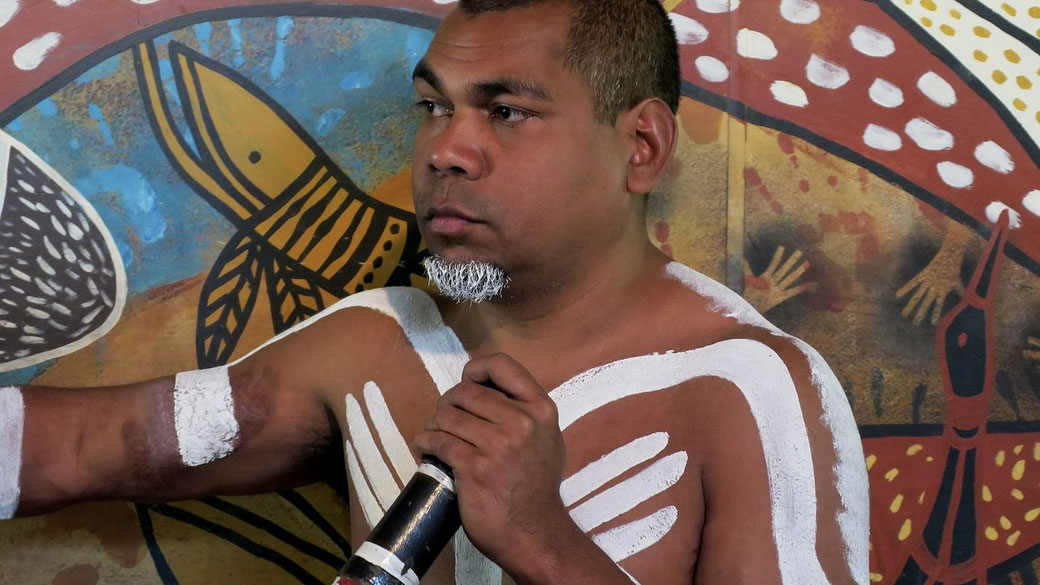Arthur Phillip's front tooth: its surprising role in Australian history

On January 26, 1788, a British fleet led by Captain Arthur Phillip arrived at Sydney Cove, Australia, marking the beginning of European settlement in the continent.
Captain Phillip, who, despite being an experienced sailor and leader, had a unique and intriguing feature: he was missing a front tooth.
Why was this significant?
This missing tooth turned out to be a key element in the early interactions between the British settlers and the Indigenous peoples of the land.
In Indigenous Australian culture, a missing front tooth was a sign of a rite of passage or initiation, typically performed during adolescence.
Known as tooth avulsion, the practice involves the deliberate removal or knocking out of a tooth, and it is still performed in some Indigenous communities in Australia today.
When Captain Phillip arrived in Sydney Cove with his missing tooth, the local Indigenous peoples saw this as a sign that he had some knowledge of their culture and customs.
This helped to create a positive first impression of him, and it paved the way for more amicable and respectful interactions between the two groups.
A lost opportunity
As the British began to establish their settlement, they encountered various challenges and conflicts with the Indigenous peoples, such as land disputes and cultural misunderstandings.
This seemingly chance opportunity to build upon a positive start quickly evaporated, as colonial settlement became permanent.
Over time, the relationship between the British settlers and the Indigenous peoples would become more complicated, with instances of violence and dispossession of land.
Captain Arthur Phillip's missing tooth may seem like a small detail, but it played a significant role in the early interactions between the British settlers and the Indigenous peoples of Australia.
The tooth helped to create a sense of mutual respect and understanding that paved the way for more amicable and respectful interactions between the two groups.
It is a fascinating example of how even the smallest details can have a significant impact on history.
What do you need help with?
Download ready-to-use digital learning resources
Copyright © History Skills 2014-2024.
Contact via email
With the exception of links to external sites, some historical sources and extracts from specific publications, all content on this website is copyrighted by History Skills. This content may not be copied, republished or redistributed without written permission from the website creator. Please use the Contact page to obtain relevant permission.





